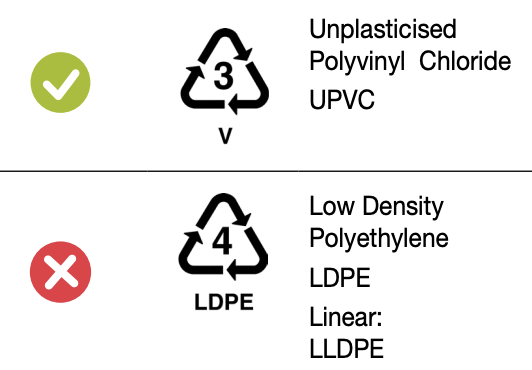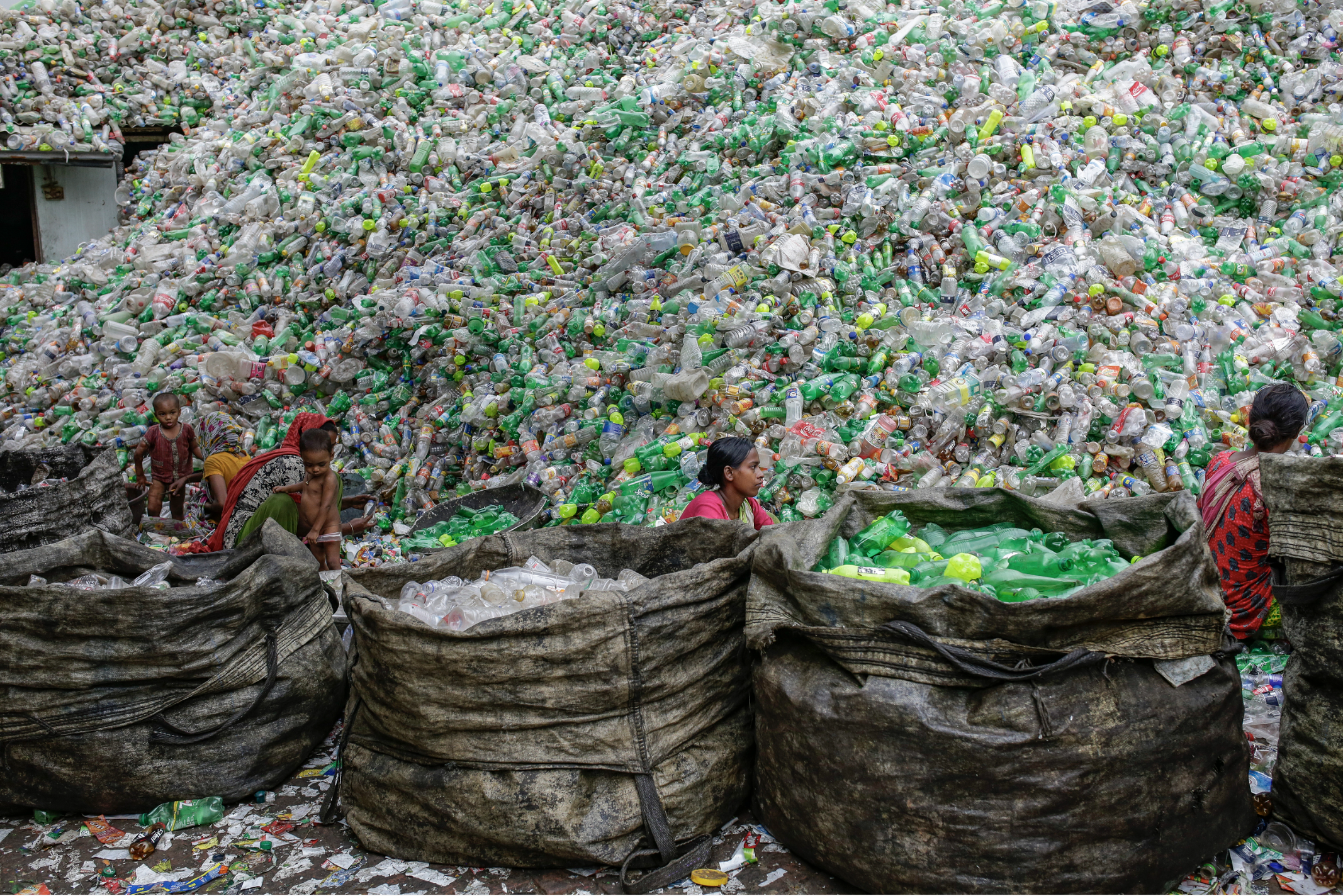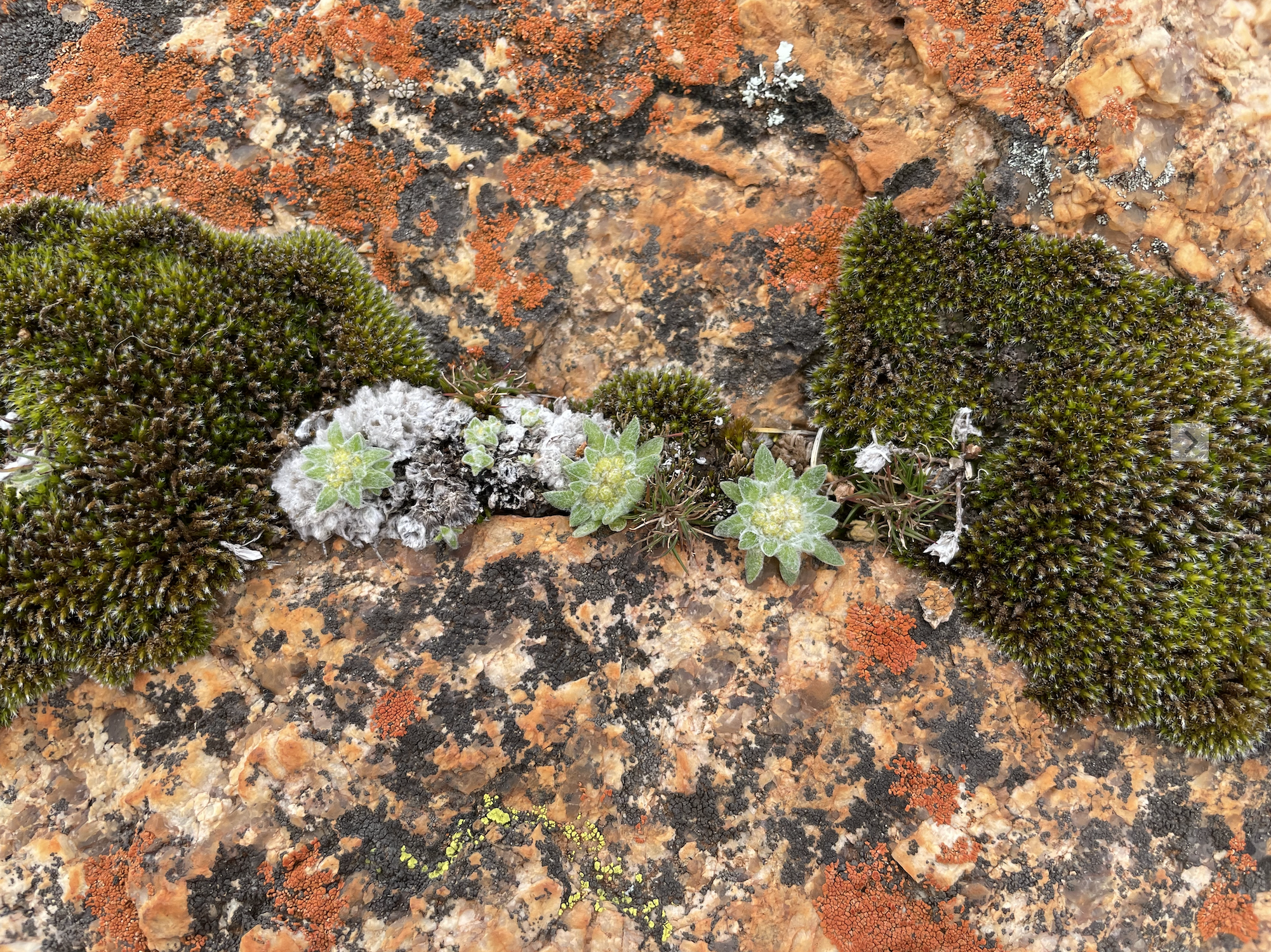Environment: Eat more plants to save the world
September 2, 2023
Vegans and vegetarians do less damage to the environment than meat-eaters. TotalEnergies and World Rugby team up in Paris to play a dirty game. Tips to become a better recycler.
I eat, therefore I pollute
The worlds food system has an enormous effect on the natural environment. It is responsible for about a third of greenhouse gas (GHG) emissions, almost three-quarters of freshwater use and over three-quarters of freshwater pollution (largely by nitrogen and phosphorous from fertilisers running off the land into rivers and from the faeces and urine of livestock). Land use change for agriculture (mainly deforestation) is a major cause of loss of biodiversity.
It’s clear that unless changes are made to the production, processing and distribution of food and to peoples diets, the environmental damage is bound to increase as the worlds population grows and inhabitants of developing countries adopt diets similar to those in the wealthier west. Ensuring that the 10% of the global population who are currently undernourished were properly fed might make things even worse although possibly not as, from a global perspective, hunger and famine are related to inequities of food distribution rather than inadequate production and a better, fairer global food system could go a long way to tackling the former.
It is generally understood that the environmental impact of animal-based foods is greater than that of plant-based foods, but this has largely been based on modelling of dietary scenarios that have failed to reflect true dietary practices or variations in the source and method of production of foods. A new study has linked the actual diets of 55,000 vegans, vegetarians, fish-eaters and meat-eaters in the UK with the environmental damage caused by each one of 570 different foods produced on 38,000 farms in 119 countries.
The headline finding is that all the environmental indicators (GHG emissions, land use, water use, eutrophication and loss of biodiversity) increase with the amount of animal-based food eaten. Compared with people who ate more than 100gm per day of meat, the diets of vegans were associated with only a quarter of the GHG emissions, land use and eutrophication, a third of the biodiversity loss, and just less than half of the water use. There was a gradient of increasing environmental impact from vegan to vegetarian to fish-eater to low, medium and then high meat-eater. Simplifying for brevity, the results for vegetarians, fish-eaters and low meat-eaters (under 50gm per day) were around half-way between those for vegans and high meat-eaters.
The authors conclude that there is a strong relationship between the amount of animal-based food in a diet and its environmental impact and that dietary shifts away from animal-based foods can make a larger contribution to the reduction of a countrys environmental footprint than the combined effect of improvements in food technology, closing crop yield gaps and reductions in food waste. To assist changes in diets, they recommend the incorporation of environmental sustainability into national dietary guidelines, mandatory environmental labelling of foods, regulation of promotions and taxation of high-carbon foods.
And what about the cattle?
A separate study has examined the heat stress to cattle themselves from climate change and has documented the current and increasing threat to cattle posed by climate conditions. Currently 80% of cattle globally are exposed to conditions exceeding safe temperature-humidity thresholds for at least 30 days per year. This will increase as global warming increases, most markedly in tropical regions, the very places where the greatest expansion of cattle farming is projected, particularly the Amazon, Congo Basin and India. Heat stress will impair reproduction, decrease growth rates, meat production and milk yield, and increase disease and mortality.
The proportion of cattle exposed to future heat stress is strongly dependent on future land-use decisions and development pathways. Societal choices that expand livestock production in tropical forest regions are unsustainable, both worsening climate change and exposing hundreds of millions of cattle to large increases in severe, year-round heat stress. In the absence of transitions to more sustainable food production and consumption pathways, increasing demands for livestock protein combined with climate change will undermine the productivity and welfare of hundreds of millions of cattle exposed to severe heat stress.
Wendy Bowman thorn in the side of the Hunters fossil fuel industry
Wendy Bowmans name is not one that is well known across Australia. To many of us, though, Wendy, who has recently died aged 89, was a true hero. She steadfastly refused to be intimidated or, more significantly, moved on by the might of the Hunter Valleys fossil fuel giants. Not once but twice she fought to protect her home and property from coal mine expansions. She also made a mean zucchini slice and fruit cake and was a generous host to environmental colleagues at her Rosedale home.
Yes, we need governments around the world to step up their commitments to real climate action. Yes, we need current Australian governments to quit their hypocrisy and implement policies that will truly reduce our domestic and exported greenhouse gas emissions. But we also need individuals like Wendy who stand up for their values and their rights and are inspirations to the rest of us. It is a privilege to have known you, Wendy.
Rugby Woild Cup
Im sure that many of you are awaiting with keen anticipation the start of the Rugby World Cup in Paris in six days. No doubt, youll be delighted to learn that As an Official Sponsor of the Rugby World Cup France 2023, TotalEnergies shares several common values with rugby, including the strength of the team and a taste for performance. On Totals website you can enjoy their advertising film, taking advantage of the competition to celebrate the energies that bring us together!

Greenpeace has taken a slightly less favourable view of the cosy relationship between Total (a French company) and World Rugby. TotalPollution: A Dirty Game is a 90-second spoof of a game between France and the All Blacks that ends with the whole stadium being filled with oil the amount of oil produced by the global fossil fuel industry every three and a half hours.

According to Greenpeace, Total is playing a dirty game and hoping the honourable qualities associated with rugby like integrity and respect will rub off on its tarnished brand. Fossil fuel companies are responsible for countless crimes against the environment and humanity, all just to keep the oil flowing.
The triangle that has us in a spin

I wanted to write a short, elegant piece that lucidly explains the little recycling triangle that we see on plastic containers etc. One where youd all gasp and say Thats fantastic, Peter. Ive always wanted to understand that better and now I do. Such beautiful prose too. But I gave up! It was all too complicated, confusing and pointless.
I do have some takeaway messages from my investigations though, expressed in inelegant, unliterary dot points:
- That triangle technically known as a Plastic (or Resin) Identification Code is really for the industry (e.g. plastic manufacturers and recyclers), not consumers. It identifies seven types of plastic based on the resin used and is an indication of the recyclability of the product. Thats the generous interpretation anyway.
- The less generous interpretation is that its a con to fool consumers into thinking that if a plastic item has the triangle stamped on it, its recyclable and everything is hunky-dory.
- The reality is that, at most, only four of the seven types of plastic are recyclable or rather potentially Free subscription to P&I for a year to any reader who can rattle off the four relevant numbers without reference to Google.
- For a variety of reasons, being potentially recyclable bears no relationship whatsoever to whether a particular article or all articles bearing a particular code will be recycled.
- My advice:
- Completely ignore the triangle. Even if you can read the number, its still pretty much meaningless.
- Follow the plastic recycling instructions of your local council.
- Follow them to the letter. In particular, put only recyclable items in the recycling bin. For instance, putting potentially recyclable items such as milk bottles and toys into a soft plastic bag before putting them in the councils recycling bin may result in the whole load being sent to landfill. In the council area where my sister lives in the UK, the bin men leave the bin unemptied if there are any wrong items in it. Sounds good to me.

Sorting plastic bottles for recycling in Bangladesh.
Flora multiosa indeterminata
Ive no idea whatsoever about the identity of the various species of mosses, succulents and lichen growing on the granite outcrop in the photo below. I took it on the Charles Darwin Reserve in Western Australia a couple of weeks ago. I simply thought Id finish this week with a pretty picture.


